Caloric restriction restores glucose response in diabetes

Neuronal responsiveness of the hypothalamus to glucose, critical in the regulation of feeding, can be restored in patients with type 2 diabetes by short-term caloric restriction.

Neuronal responsiveness of the hypothalamus to glucose, critical in the regulation of feeding, can be restored in patients with type 2 diabetes by short-term caloric restriction.
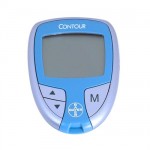
Newer technologies designed to assist diabetes type 1 patients monitor blood sugar levels daily are superior to traditional methods and require less, painful pricks of a needle.

Artificial sweeteners, also known as non-nutritive sweeteners, may help people reach their body weight goal, and also maintain a healthy body weight

A study published online in the Journal of Biological Chemistry showed a new drug to treat diabetes being developed by Metabolic Solutions Development Company, LLC (MSDC), MSDC-0602, improved insulin resistance and inflammation in obese mice.
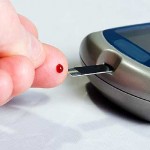
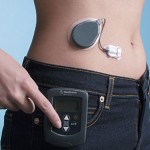
Sensor-augmented pump therapy with a low-glucose suspend function appears to be safe for patients with type 1 diabetes, according to a study published online May 14 in Diabetes Care.

Research and innovative product design by scientists at The University of Akron may eliminate the need for needle pricks, blood draws, or other invasive devices.

If you have the condition, that doesn’t mean you can’t safely lose weight. You can. You just have to monitor your blood-sugar levels.

Researchers in Taipei, Taiwan, report that they have identified the top three drugs for reducing A1C levels in type 2 diabetes: biphasic insulin, GLP-1 analogs, and basal insulin

Nearly one in three hospital patients with diabetes are affected by medication mistakes that can lead to dangerously high or low blood glucose levels, checks have revealed.
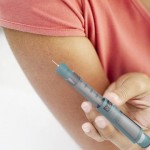
Injection-related skin changes could occur at the site of insulin injections. Thinning (lipoatrophy) or thickening (lipohypertrophy) of the fat under the skin can result from repeated injections at the same spot.

Sernova announced it received Health Canada Approval to conduct a human clinical trial assessing both the safety and efficacy of Sernova’s Cell Pouch(TM) with transplanted insulin-producing islets.

“Diabetes Insulin Guidance System” Automatically Updates Weekly Insulin Dosage for Better Glycemic Control, Fewer Hypoglycemic Events.
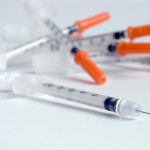
The phase 3 studies looked at 1,635 people and compared the new insulin with a standard insulin glargine. It appeared effective for both type 1 and type 2 diabetes.

Researchers have remotely activated genes inside living animals, a proof of concept that could one day lead to medical procedures in which patients’ genes are triggered on demand.

While the devices may still be making their way to some brick-and-mortar locations — Sanofi expects them to be in the stores by May 15 — Apple’s online store and Walgreens.com are already selling the device.

A UV reactive ‘nano-tattoo’ being developed by scientists could revolutionise the way diabetics monitor and treat their condition.

Researchers in Dallas are studying an experimental therapy that would do just that and eliminate the injection for both type 1 and type 2 diabetics: inhalable insulin.
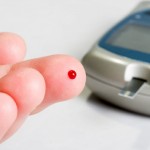
It may be better for older people with type 2 diabetes to have less stringent A1C goals than younger type 2s, according to new guidelines from the American Diabetes Association.

“Can’t you just take a pill?” is a question most of us have heard again and again whenever we take an injection or show off our insulin pump to family, friends, or strangers.